How Collectible In-Game Items Became Status Symbols within Gaming
12 December 2024
Let’s face it, gaming has come a long way since the days of pixelated plumbers and blocky spaceships. It’s no longer just a pastime—it’s a lifestyle. And one trend that has skyrocketed in recent years is the obsession with collectible in-game items. From rare skins to sought-after weapons, these digital goodies have become much more than just cosmetic upgrades. They carry weight, meaning, and—let’s call it what it is—clout.
But how did we get here? How did something as intangible as a digital sword or a flashy outfit become a mark of prestige? Let’s dive into the fascinating journey of how collectible in-game items became the ultimate status symbols.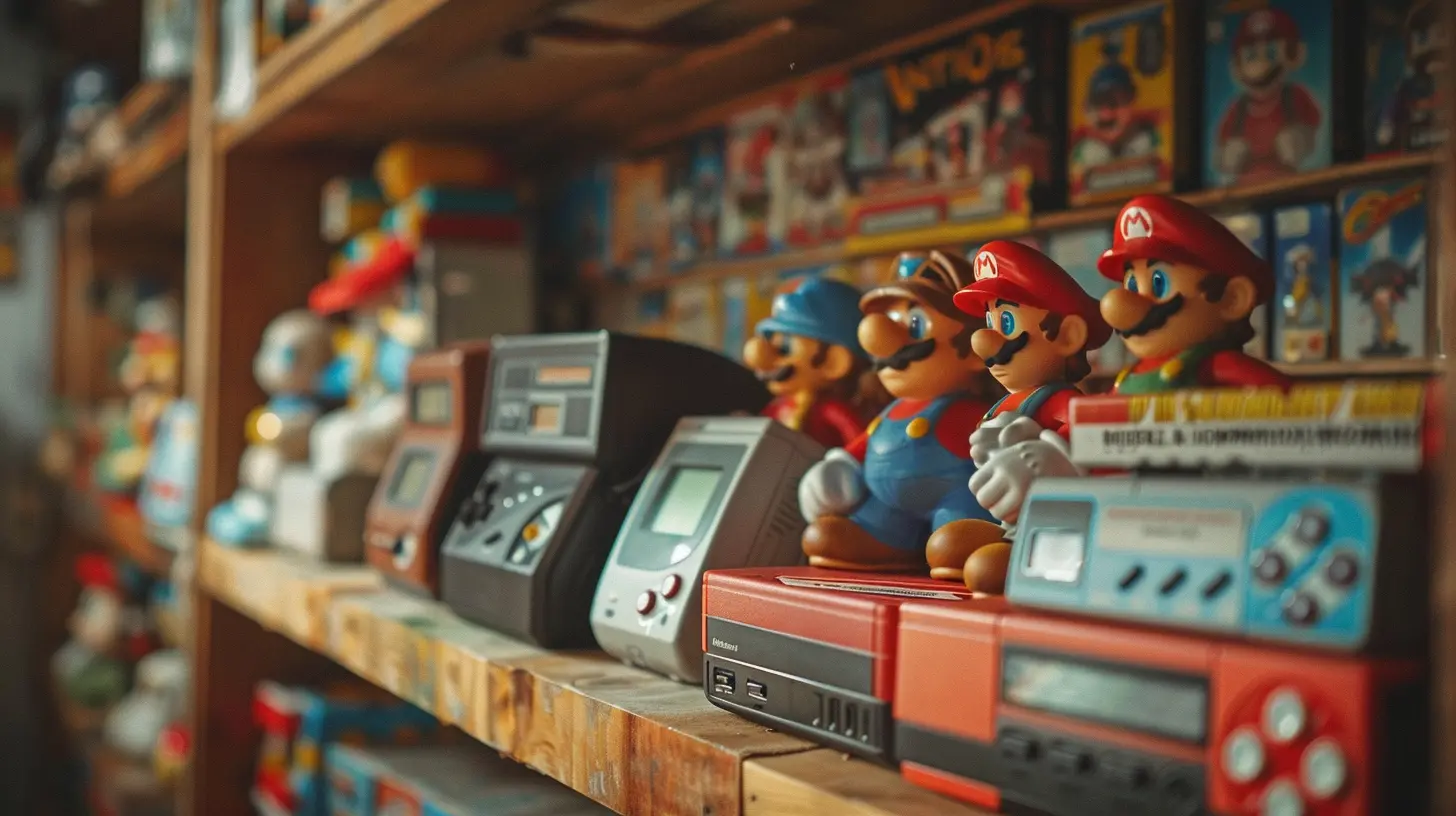
The Evolution of In-Game Items: From Pixels to Prestige
The Humble Beginnings
If you’ve been gaming for a while, you probably remember when collectibles were mostly functional. Back in the day, items were designed for utility—extra health, boosted stats, or new abilities. Think about The Legend of Zelda: finding a new weapon often meant progressing in the game. While they were rewarding to collect, they weren’t exactly something you'd flex to your friends.But fast forward to the era of online multiplayer, and everything changed. Suddenly, games weren’t just about beating bosses—they became about being seen. When hundreds (or millions) of people are sharing the same virtual space, standing out becomes a lot more important. And that’s where collectible items—especially the rare ones—started to shine.
The Introduction of Cosmetics
Cosmetic items were the game-changer (pun intended). They didn’t give you any gameplay advantages, but they made you look cool. Games like Team Fortress 2 and Dota 2 pioneered the concept of skins and vanity items that served as subtle signals of individuality. And as these items grew in popularity, developers began to double down on their potential.Think about it: having a rare skin in a game is like wearing designer sneakers. It's not just about utility; it's about the statement. If everyone else looks like default characters, and you roll in with a flashy, limited-edition skin, guess what? You’re noticed. You’re envied. And that’s exactly the point.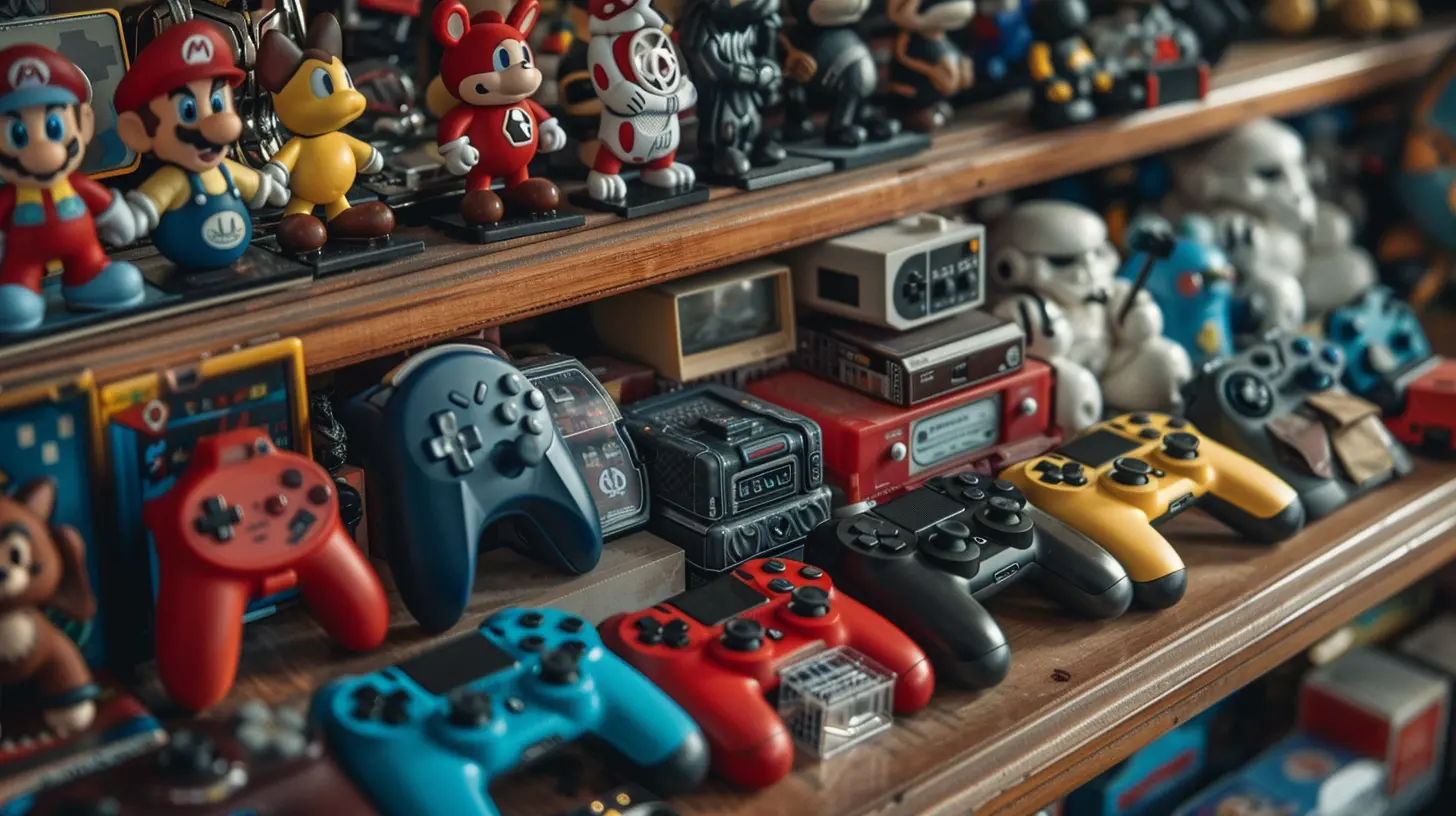
Why Rare In-Game Items Hold So Much Value
Scarcity Breeds Desire
Humans love exclusivity—it’s just how we’re wired. The rarer something is, the more valuable it feels. Remember when Pokémon cards were all the rage? The shiny Charizard wasn’t just a card; it was a flex. The same logic applies to games.Developers capitalize on this by creating limited-time events, loot boxes, or battle passes packed with exclusive items. If you don’t snag those items while they’re available, you might never get another chance. And for some players, that’s simply not an option. FOMO (fear of missing out) is a powerful motivator, right?
Emotional Attachment
Collectible items often hold emotional value too. Imagine grinding hours in a game to earn a rare sword or unlocking a legendary skin through sheer dedication. That item isn’t just a pretty asset—it’s a trophy. It represents effort, skill, and time invested. And when you attach personal meaning to something, it naturally becomes more valuable.It’s like running a marathon and getting a medal. The medal itself isn’t worth much in dollars, but it symbolizes your hard work. In games, these items act as digital medals, showcasing our gaming milestones.
Social Currency
Here’s where things get really interesting: collectible in-game items have become a form of social currency. In the gaming world, your gear can determine how others perceive you. Have the rarest skin in Fortnite? You’re no longer just another player—you’re someone to be noticed. It’s the gaming equivalent of pulling up to a party in a luxury car.Streaming platforms like Twitch and YouTube have amplified this trend even further. When your favorite streamer rocks a legendary skin, it suddenly becomes the thing to have. It’s no longer about the utility of the item—it’s about the status it brings.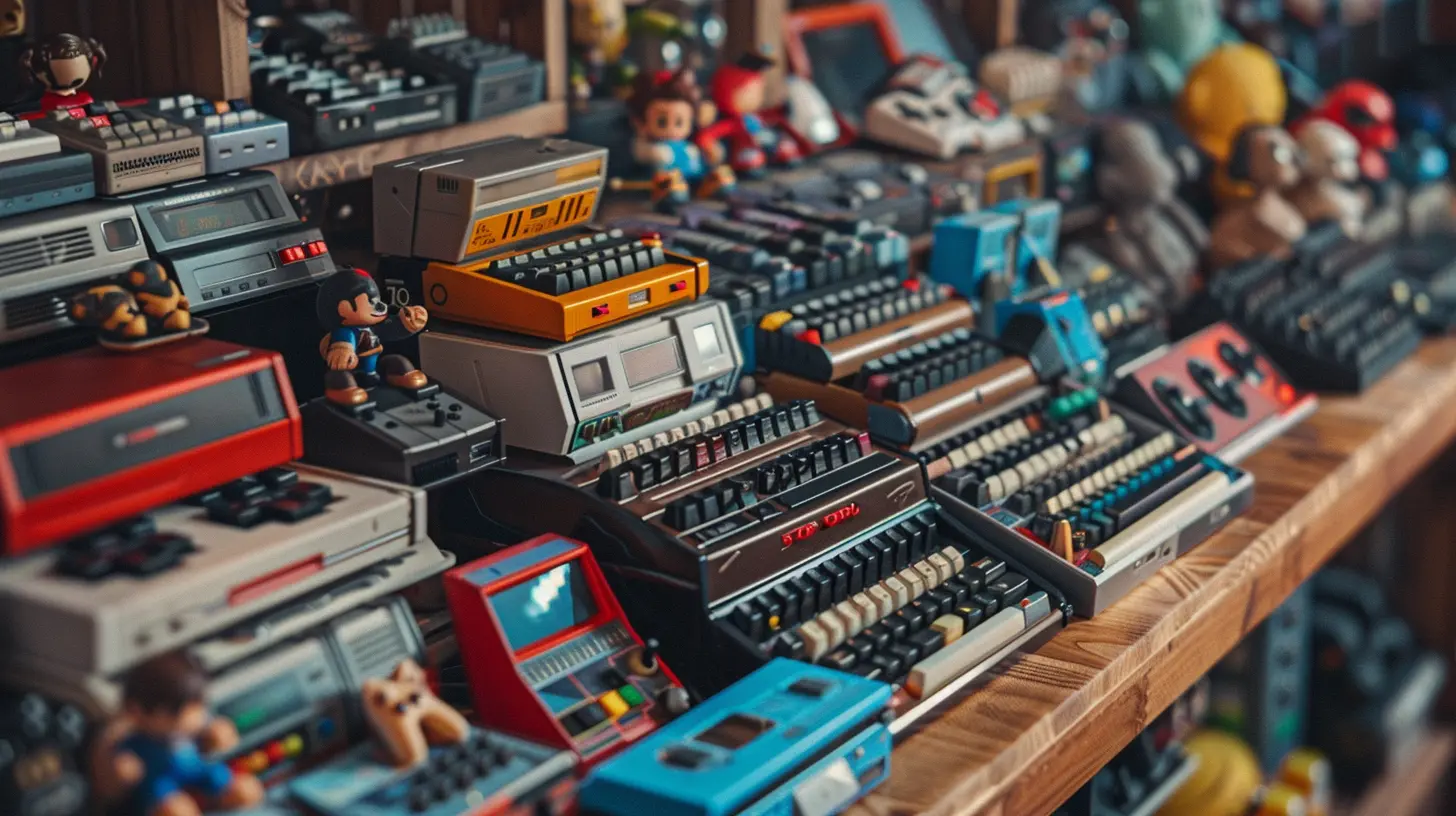
The Rise of Digital Economies
Trading and Real-World Value
By now, you’ve probably heard stories about items being sold for staggering amounts of real money. Games like Counter-Strike: Global Offensive (CS:GO) and PlayerUnknown’s Battlegrounds (PUBG) have thriving marketplaces where skins can sell for hundreds—or even thousands—of dollars. In some cases, these items are more costly than physical collector’s items!What’s driving this? The same principles apply: scarcity, status, and desirability. But there’s an added layer, too. Owning a rare in-game item can feel like holding a collectible investment. In some games, their value can even appreciate over time, turning them into digital assets that players can buy, sell, and trade.
NFTs and the Future of Gaming Collectibles
Love them or hate them, NFTs (non-fungible tokens) have entered the gaming world, and they’re shaking things up. Unlike traditional in-game items, NFTs are unique, blockchain-backed assets that players truly "own." This means you can actually take them beyond the game—or even sell them for profit.Some games, like Axie Infinity or Gods Unchained, are entirely built around NFTs. And while this concept is still polarizing, it’s clear that it taps into the same desire for status and rarity that fuels traditional collectible items. Where this trend goes next is anyone's guess, but one thing’s for sure: gaming collectibles aren’t going away anytime soon.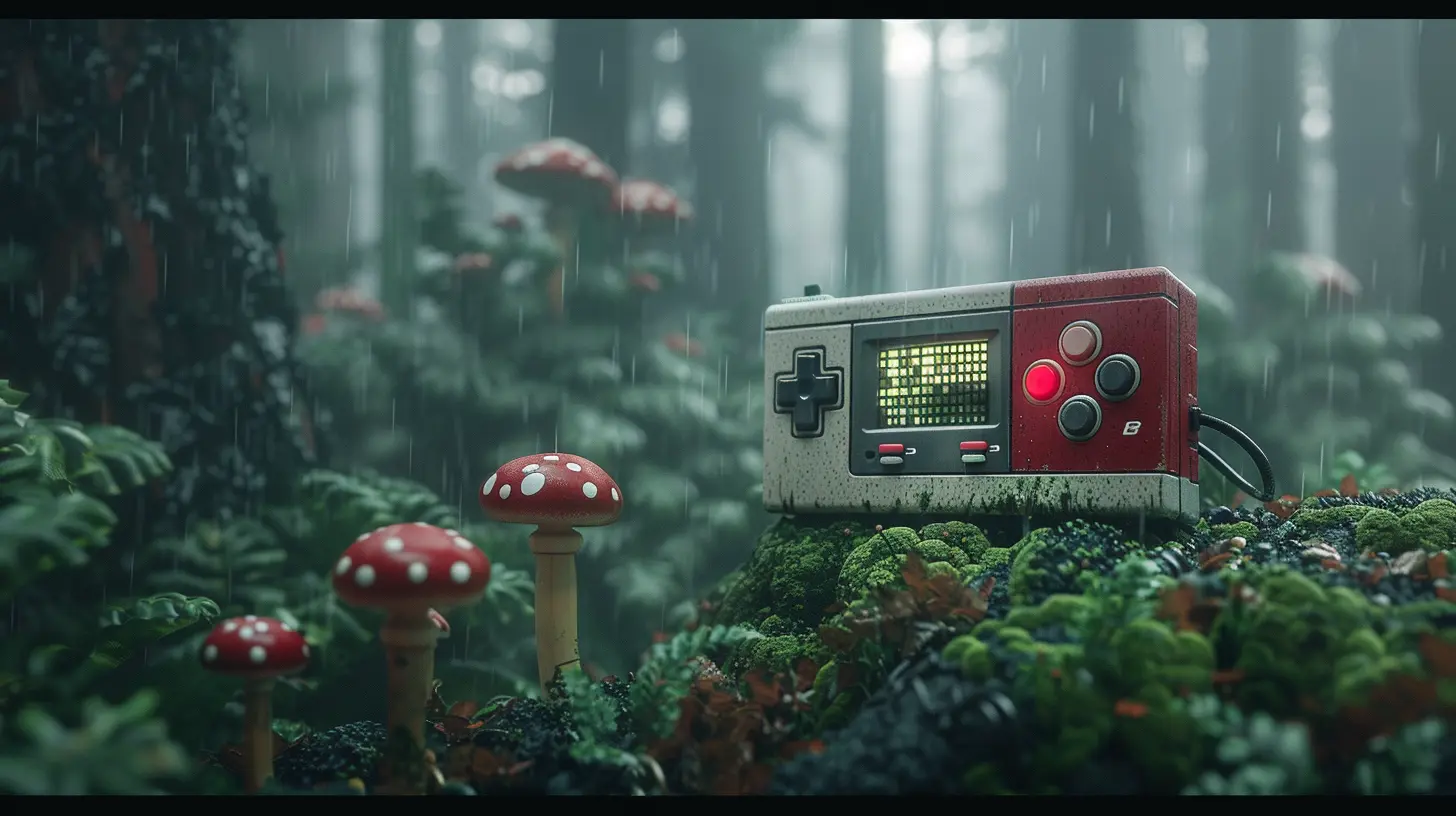
Why Status Symbols Matter in Gaming Culture
It’s About Identity
At its core, gaming is all about personal expression. Your choice of skin, weapon, or mount says something about who you are as a player. Are you a casual beginner or a seasoned pro? Do you gravitate towards flashy visuals or subtle, understated designs? These choices shape your identity in the digital world just as much as fashion does in the real one.Think of it this way: if real-life clothing brands tell people what “tribe” you belong to (e.g., skater, preppy, goth), then in-game items do the exact same thing. They’re virtual expressions of our personality and interests.
Connection Through Community
Gaming collectibles also foster a sense of belonging. Owning a rare item often connects you to a specific community. Maybe you earned it in a co-op raid with your guild or snagged it during a live event everyone’s been talking about. These shared experiences make the items feel even more special.It’s like going to a concert and buying a tour-exclusive T-shirt. Sure, it’s just a shirt, but it’s also a memory—a connection to the experience and to the other people who were there with you.
The Downside of Virtual Status
Of course, not everything about this trend is sunshine and rainbows. For starters, the intense focus on rare items can sometimes overshadow gameplay itself. When “winning” becomes more about looking cool than actually playing the game, it raises questions about priorities.There’s also the issue of accessibility. Not every player has the time (or money) to chase after exclusive skins or grind endlessly for rare items. This creates a gap between “haves” and “have-nots,” which can feel frustrating for those who just want to enjoy the game.
And let’s not forget about predatory practices. Loot boxes, for example, have been criticized for turning collectible items into a form of gambling. When players are shelling out cash for a tiny chance to get the item they want, the line between fun and exploitation gets blurry.
Conclusion: The New Age of Gaming Prestige
Collectible in-game items are more than just digital swag—they’re a reflection of how gaming has evolved into a full-fledged culture. They represent identity, effort, and exclusivity, turning virtual worlds into arenas where players can flaunt their unique style and achievements.Whether you’re rocking a legendary skin, wielding a rare sword, or riding a one-of-a-kind mount, these items are today’s gaming equivalent of luxury brands. They’ve become trophies, conversation starters, and—let’s be real—serious flexes. And as gaming continues to grow, so will the demand for collectibles that let players stand out.
So, next time you see someone flaunting a rare in-game item, take a moment to appreciate the journey it took to get there. Behind every flashy skin or epic weapon lies a story—and that’s what makes them truly valuable.
all images in this post were generated using AI tools
Category:
Gaming CultureAuthor:

Emery Larsen
Discussion
rate this article
15 comments
Kaitlyn Bowman
This article beautifully captures the evolution of collectible in-game items as status symbols. It’s fascinating to see how these digital treasures not only enhance gameplay but also foster community and identity among players. Great insights on a topic that resonates with many of us!
February 9, 2025 at 3:59 AM

Emery Larsen
Thank you for your thoughtful comment! I'm glad you found the article insightful and relevant to our shared gaming experiences.
Zephyrwind McPhee
This article provides an insightful look into how collectible in-game items have transformed from mere gameplay features to significant status symbols within the gaming community. It’s fascinating to see how these virtual treasures reflect both personal achievement and social dynamics among players. Thank you for sharing this perspective!
February 2, 2025 at 4:17 AM

Emery Larsen
Thank you for your thoughtful feedback! I'm glad you found the article insightful and relevant to the evolving dynamics of the gaming community.
Nadine Lane
Collectible items elevate gameplay, showcasing status and dedication among gamers.
January 29, 2025 at 3:58 AM

Emery Larsen
Absolutely! Collectible items have transformed into key status symbols, reflecting a player's commitment and skill within the gaming community.
Daniella McAdoo
This article beautifully captures the emotional connection we share with collectible items in games. They represent not just status, but our journeys and memories within these virtual worlds. Thank you!
January 25, 2025 at 5:18 PM

Emery Larsen
Thank you for your kind words! I'm glad the article resonated with you and highlighted the meaningful connections we form with collectibles in gaming.
Icarus Fry
This article beautifully captures the complex relationship between gamers and collectible items. It's fascinating how these virtual treasures can reflect our personal journeys and connections within gaming communities. They often symbolize not just achievement, but also our shared experiences and memories. Thank you for shedding light on this meaningful aspect of gaming culture!
January 21, 2025 at 3:51 AM

Emery Larsen
Thank you for your thoughtful insights! I'm glad you found the article resonant with the deeper connections we form through collectible items in gaming.
Alexander Warner
This article insightfully explores the evolution of in-game collectibles as status symbols, highlighting their impact on player identity and community dynamics.
January 17, 2025 at 5:18 PM

Emery Larsen
Thank you! I'm glad you found the article insightful. The evolution of collectibles truly reflects the deeper connections between player identity and community.
Zephyris Clayton
Fascinating perspective! It's intriguing how in-game items reflect personal achievements and social status in gaming culture.
January 15, 2025 at 4:59 AM

Emery Larsen
Thank you! It's remarkable how virtual items can embody real-world status and achievements, highlighting the deep connections between gaming culture and social identity.
Sarina Cole
Virtual bling: where pixels define prestige.
January 10, 2025 at 4:48 AM

Emery Larsen
Absolutely! Virtual items have transformed into symbols of status, reflecting one's achievements and social standing in the gaming community.
Sari Harmon
This article brilliantly highlights the evolution of collectible in-game items as status symbols in gaming culture. It captures how rarity and exclusivity have transformed these items into coveted trophies, reflecting players' achievements and dedication. A fascinating exploration of modern gaming identity!
January 6, 2025 at 5:00 AM

Emery Larsen
Thank you! I'm glad you found the article insightful. The evolution of in-game collectibles truly reflects the changing dynamics of gaming culture and player identity.
Nico Patel
Great insights! It’s fascinating to see how collectible items have evolved into powerful status symbols, reflecting players' dedication and passion for gaming.
January 2, 2025 at 3:53 PM

Emery Larsen
Thank you! I'm glad you found it fascinating. It really highlights the deep connection between gaming and personal identity.
Keira Simon
Fascinating! How do these items influence gaming culture and community dynamics?
December 26, 2024 at 5:14 PM

Emery Larsen
Collectible in-game items shape gaming culture by establishing social hierarchies and fostering community engagement, as players often bond over shared interests, trade items, and showcase their collections, which reinforces status and identity within the gaming community.
Michelle Reilly
Great article! It’s fascinating how collectible in-game items have evolved from simple rewards to true status symbols. It really shows how gaming culture has grown and how much we cherish our unique achievements!
December 23, 2024 at 6:07 PM

Emery Larsen
Thank you! I’m glad you found it fascinating. The evolution of in-game items truly reflects the growing significance of gaming culture and personal achievements.
Kristen Sweeney
This article highlights an intriguing shift in gaming culture. Collectible items not only enhance gameplay but also reflect players' identities, sparking discussions about value, prestige, and community connections.
December 19, 2024 at 4:51 AM

Emery Larsen
Thank you for your insightful comment! I'm glad you found the article resonates with the evolving relationship between collectibles and player identity in gaming culture.
Holden Jordan
This article astutely highlights the evolution of collectible in-game items into powerful status symbols, reflecting broader societal trends. However, it could further explore the implications of this phenomenon on player behavior and the potential commodification of the gaming experience.
December 15, 2024 at 5:34 AM

Emery Larsen
Thank you for your insightful comment! I appreciate your suggestions and will consider exploring player behavior and the commodification of gaming in future pieces.
Melanie Carey
Collectible in-game items have transformed into significant status symbols, reflecting player dedication and social standing within gaming communities.
December 12, 2024 at 5:26 AM

Emery Larsen
Absolutely! Collectible in-game items have indeed evolved into powerful status symbols, showcasing player commitment and influencing social dynamics within gaming communities.
MORE POSTS

Why Space Exploration Games Continue to Captivate Players

Indie Horror Games That Will Keep You Up at Night

How to Host the Perfect Digital Game Night Using Social Games

Exploring PlayStation VR: Immersive Worlds and Must-Have Titles

The Most Relaxing Indie Games for Stress-Free Gaming

The Ethical Dilemmas of PlayStation's Most Thought-Provoking Games
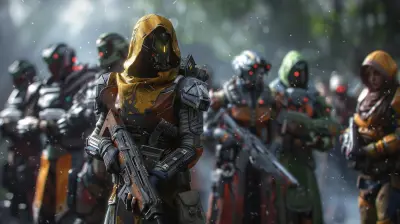
The Role of Friendship and Rivalry in Cooperative Video Games
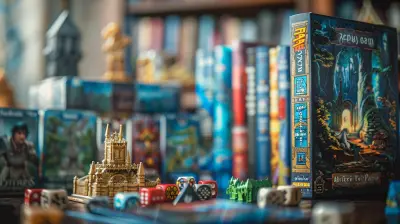
How to Choose the Right Kickstarter Games to Back

Social Games and the Rise of Micro-Communities: A New Way to Connect

Kickstarter Games That Reimagine Classic Game Themes